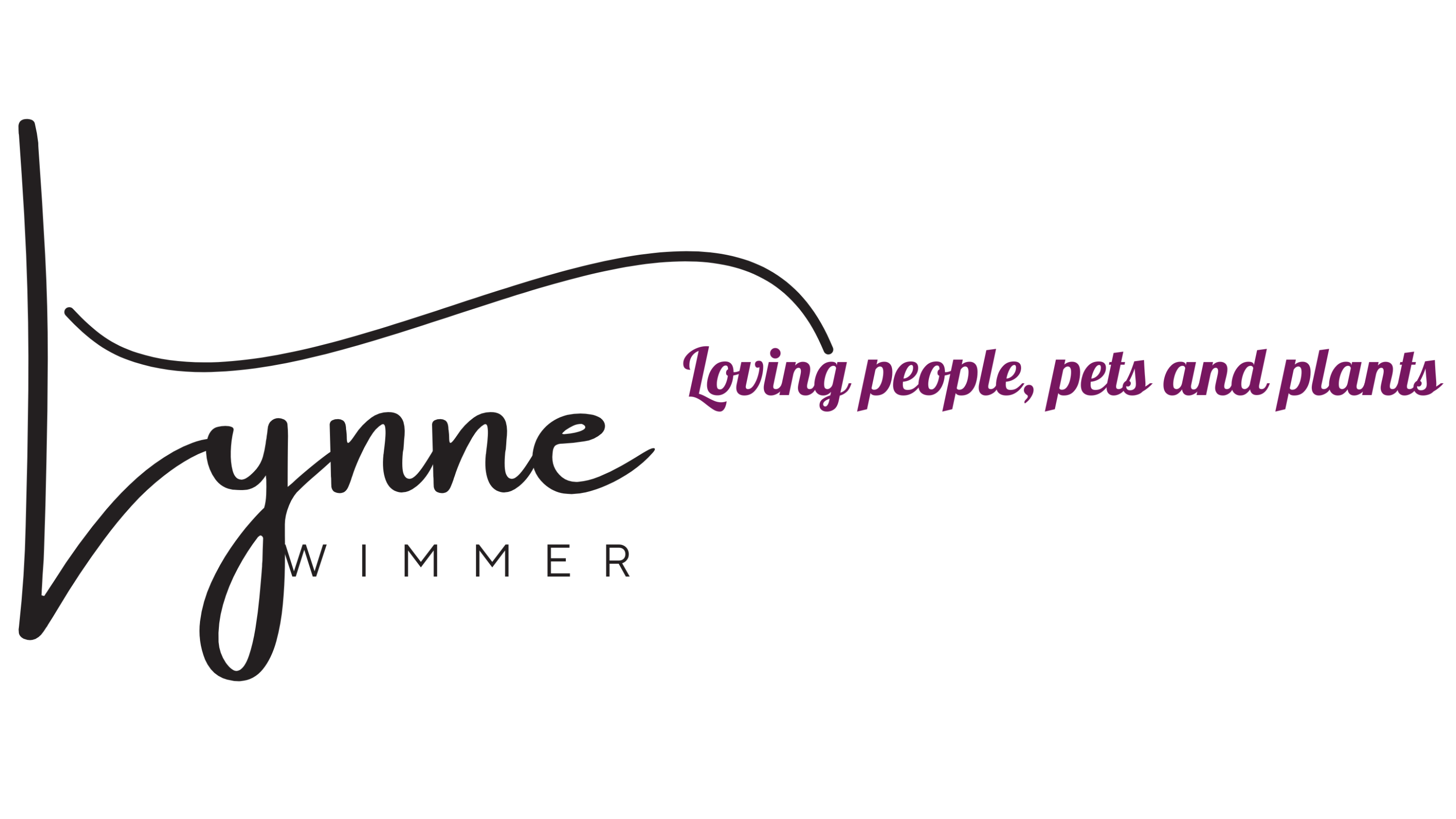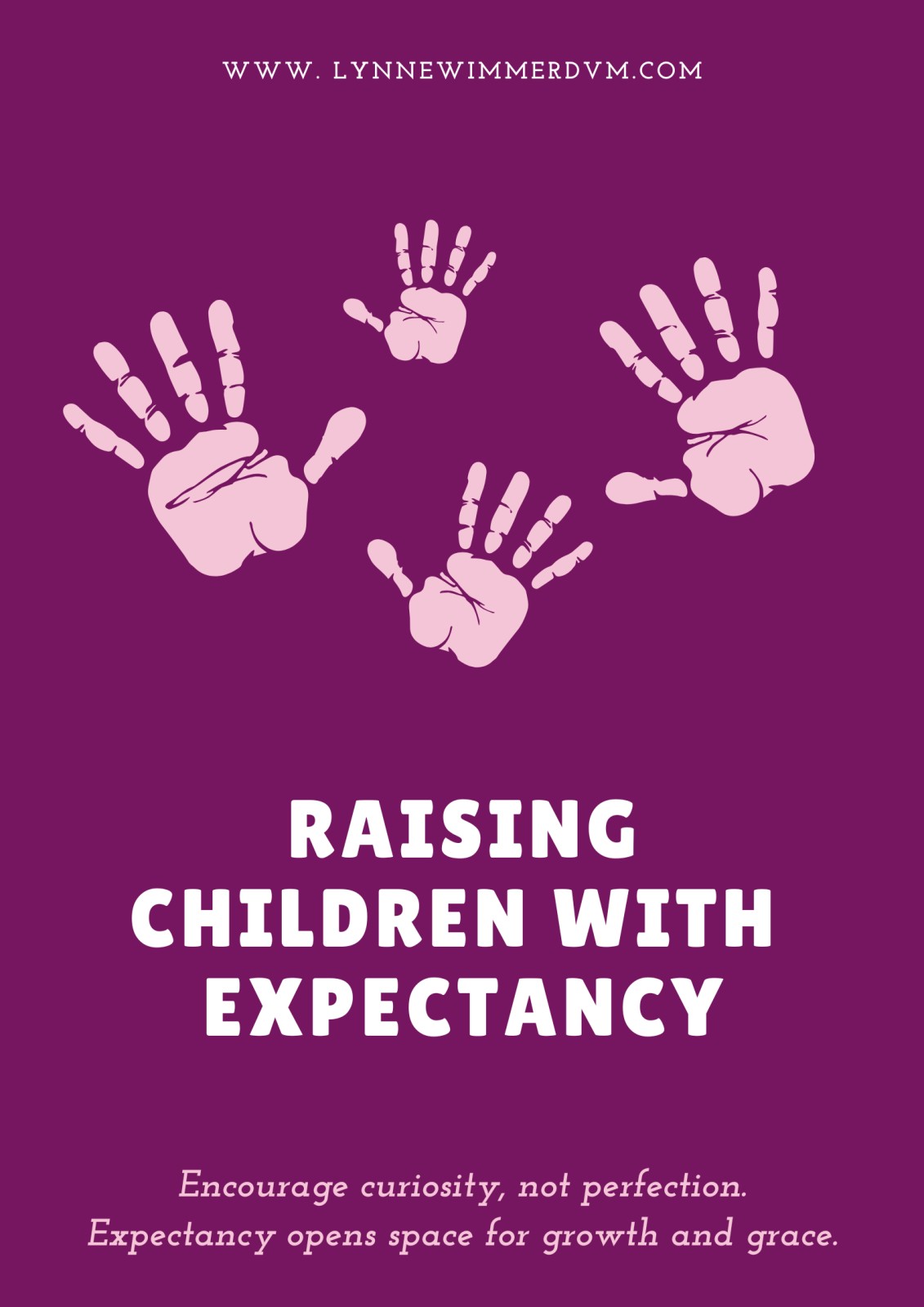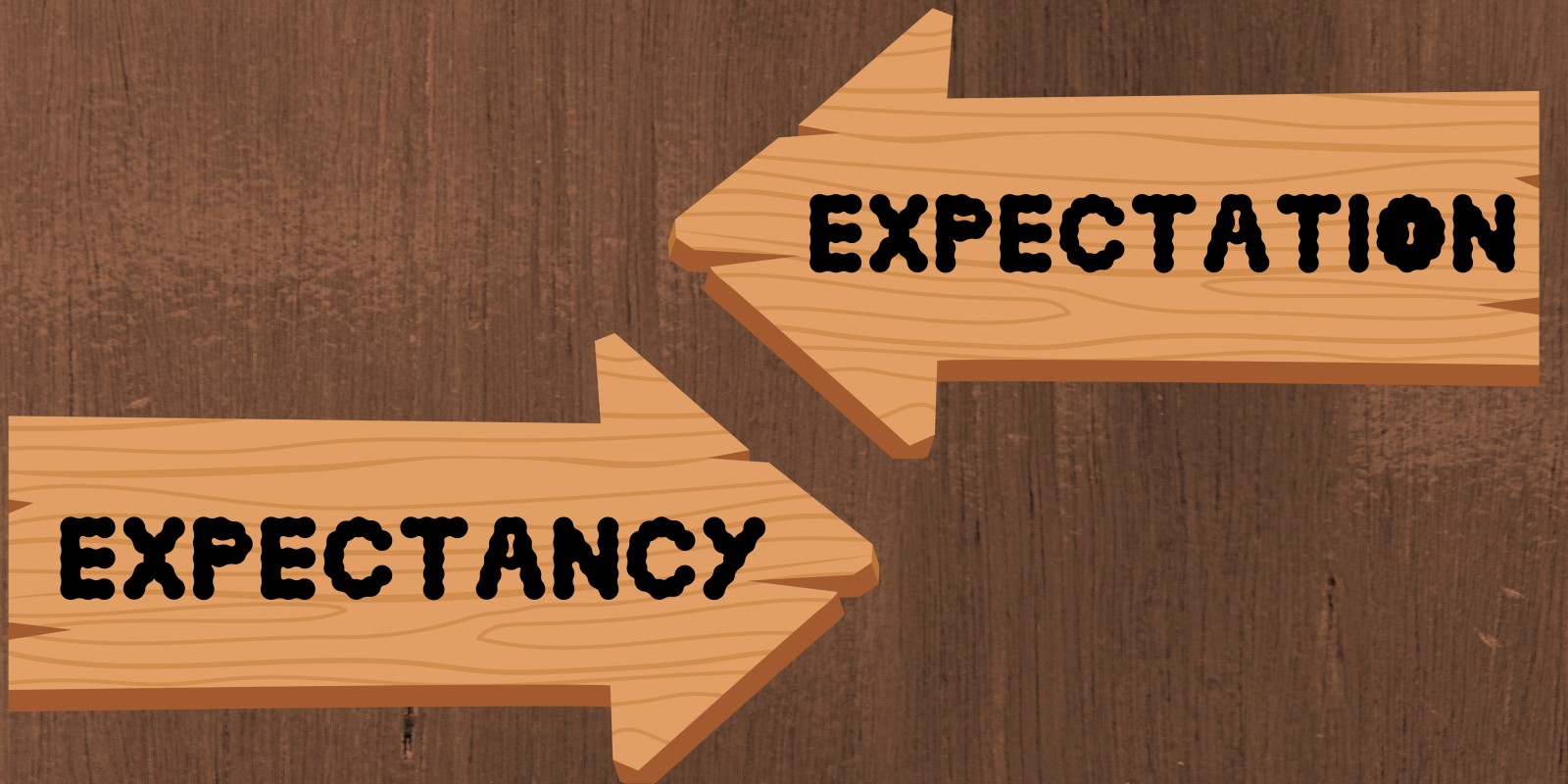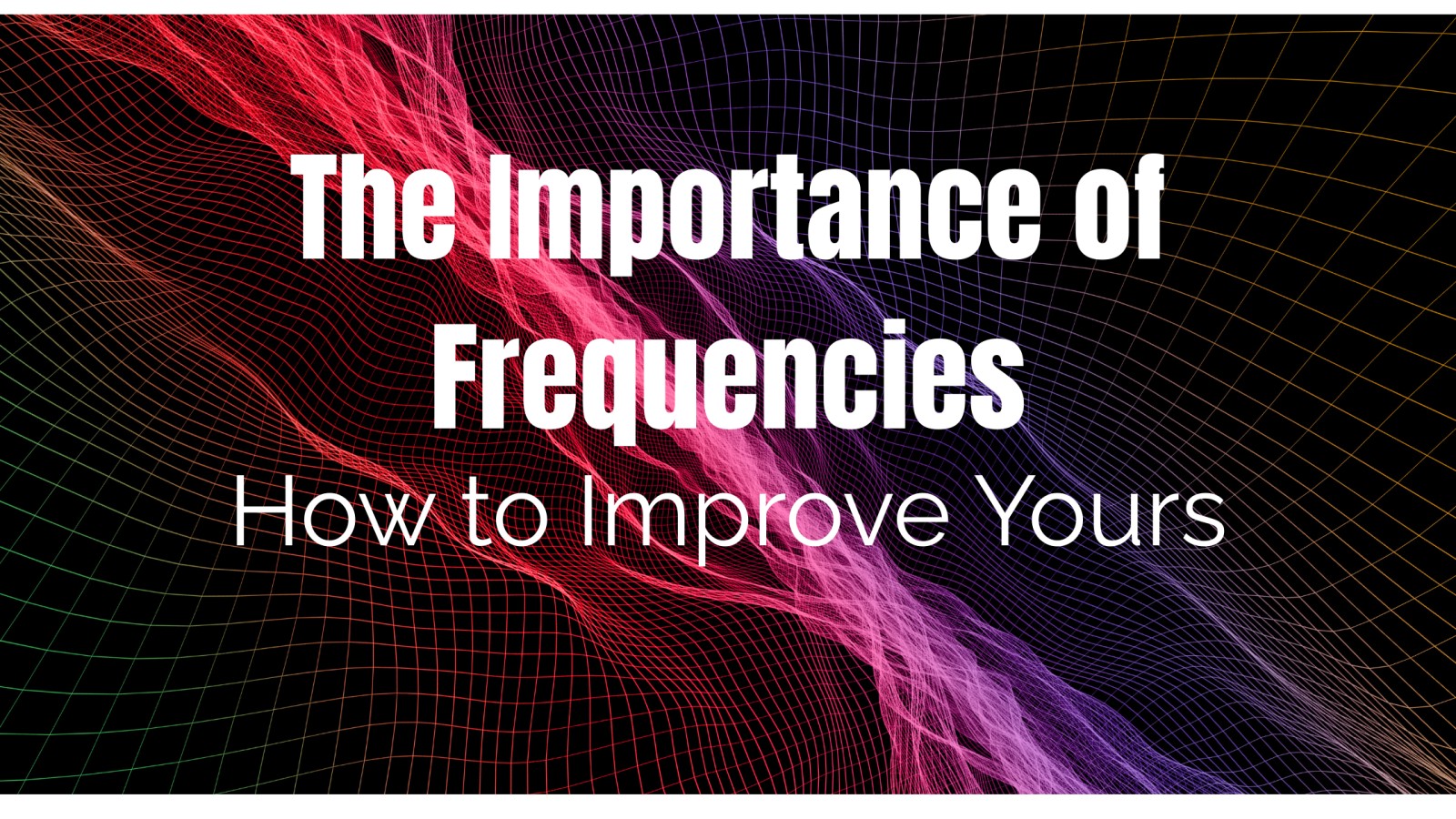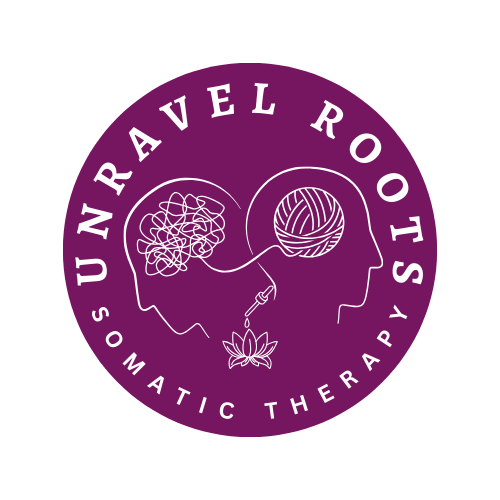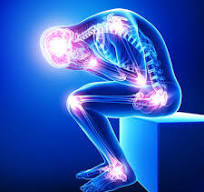
Pain often reflects not just physical injury but originates in the brain, processing various stimuli for pain perception. Modern pain science, such as the Biopsychosocial (BPS) model, reveals pain's complex nature, influenced by psychological, biological, and social elements. This fresh understanding reshapes pain perception and management, showing that pain may persist without physical harm.
The Neuromatrix network concept offers insights into how the brain processes pain through a complex web, considering sensory, emotional, cognitive, and motor inputs. Even without injury, the brain might generate pain from thoughts, emotions, past experiences, and physical sensations. The BPS model highlights a holistic approach to pain management, considering biological aspects like nerve issues, psychological elements such as stress, and social environments that may intensify or alleviate pain.
Recognizing that pain originates in the brain allows individuals to explore methods to influence their brain's pain response. Techniques like mindfulness, cognitive behavioral therapy, physical therapy, and the Aroma Freedom Technique with Young Living essential oils offer ways to manage and reduce pain. Embracing the BPS model empowers individuals to understand, accept, and transform their pain experience through personalized strategies addressing the mind, body, and environment. Ready to explore these methods? Book a free 30-minute wellness consultation today to start your journey to pain relief.

Healing from emotional and psychological trauma is a journey that involves intention, awareness, and action. Understanding the roots of our emotional responses can lead to significant transformation and empowerment. This blog post delves into the impact of trauma on emotional well-being and highlights key healing strategies that promote psychological resilience and emotional freedom.
Emotional and psychological pain often manifest in symptoms like persistent anxiety, emotional numbness, and difficulty trusting others. These symptoms are signals from the body and mind, indicating a need for intentional healing techniques. By recognizing these signs, individuals can begin their path to recovery using practices that foster emotional balance.
Somatic awareness is a powerful tool for emotional healing, helping individuals connect with their emotions through bodily sensations. Practices such as conscious journaling and guided somatic check-ins enhance emotional regulation, attunement, and self-trust. Additionally, intentional nourishment through mindful eating supports emotional stability by honoring the gut-brain connection. Through consistent practice and self-compassion, individuals can build resilience and reclaim their emotional freedom.
